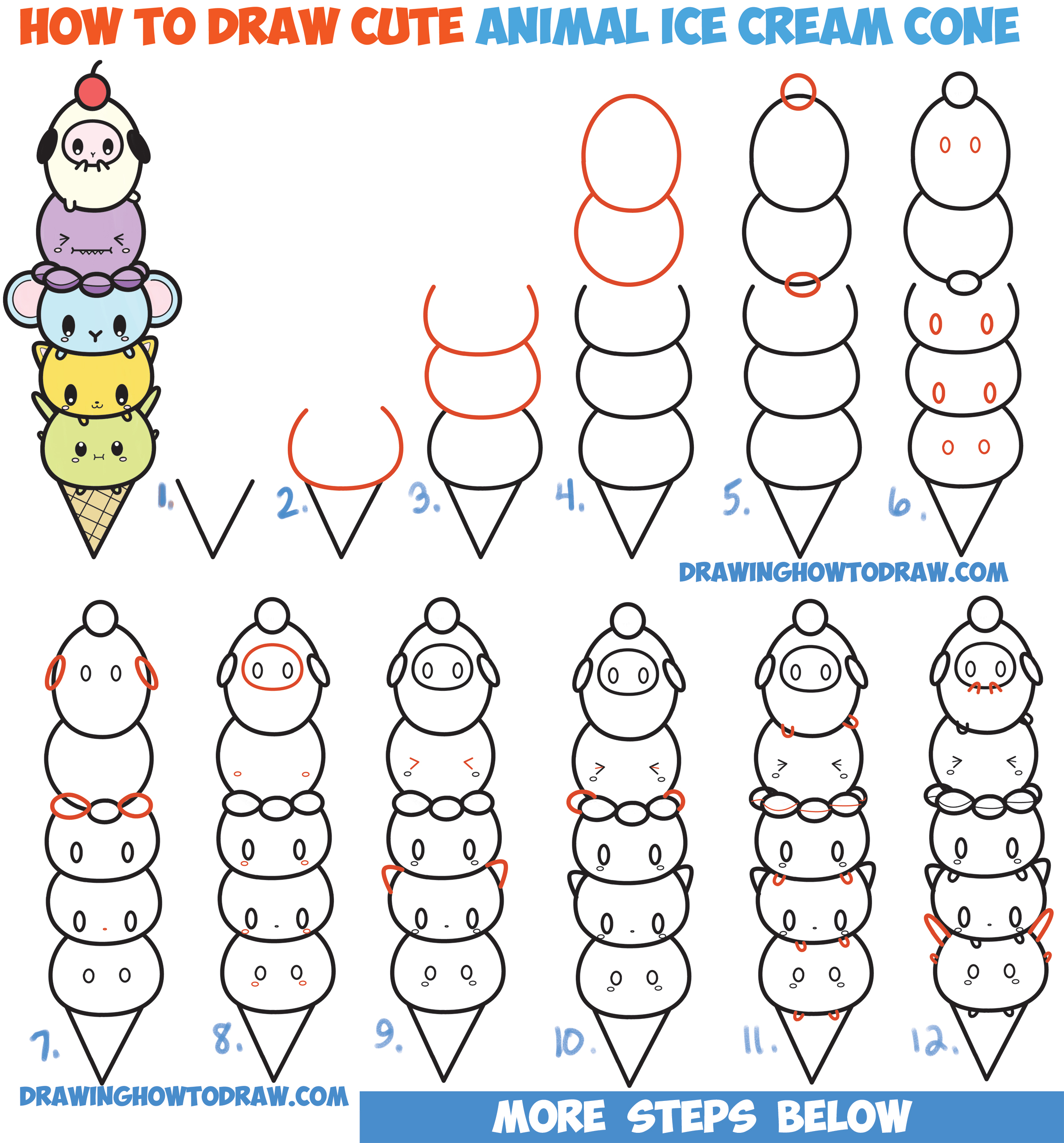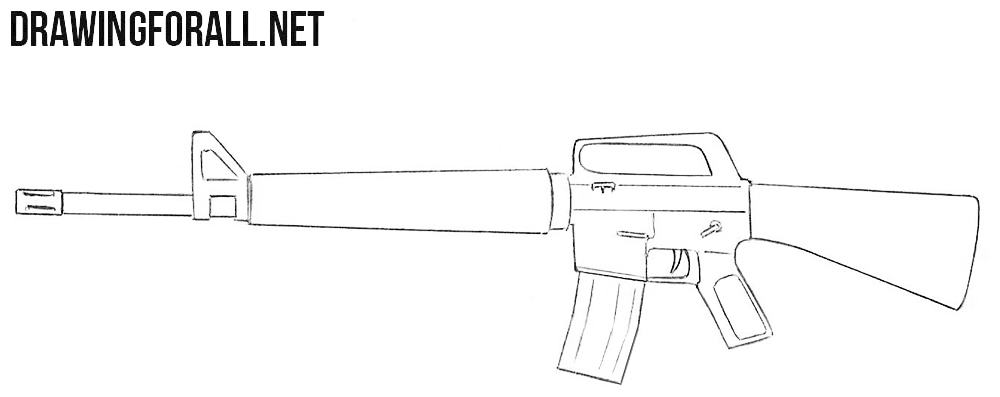How to draw a cell by dawn
Table of Contents
Table of Contents
If you’re a student who is struggling with drawing a cell, you’re not alone! Many students find this task daunting since it can be hard to know where to start. Drawing a cell requires a basic understanding of its structure and components. However, with some guidance, anyone can learn how to draw a cell. Let’s dive into the process!
Pain Points Related to Drawing a Cell
Students often find that drawing a cell is overwhelming because there are so many parts to remember. Additionally, they may not have a clear idea of how to start drawing or what their drawing should look like in the end. Without proper guidance or examples, drawing a cell can seem like a confusing process.
The Target of Drawing A Cell
The target for drawing a cell is for students to understand the different parts that make up a cell and how they function. By learning how to draw a cell, students can familiarize themselves with its parts, which can help them understand its functions and structures better. Additionally, drawing a cell can help students with memorization since they can associate each part of the cell with what it does.
Steps to Drawing A Cell
When it comes to drawing a cell, there are different approaches you can take. One of the easiest and most common ways to draw a cell is by following these steps:
- Draw a large rectangle in the center of your paper. This will be the cell wall.
- Draw a smaller rectangle inside the first one. This will represent the cell membrane.
- Draw small circles or ovals inside the cell membrane for organelles such as the nucleus, mitochondria, and ribosomes.
- Label each organelle with its name.
- Draw lines or arrows to indicate the movement of molecules or the flow of energy in the cell.
Remember that there are many different ways to draw a cell, and you can use different shapes and methods if it makes more sense or is more helpful for you.
My Personal Experience with Drawing A Cell
When I was in high school, I had to do a project where I had to draw and label all the parts of a cell. At first, I was overwhelmed because I didn’t know where to start. However, my teacher gave us step-by-step instructions, which made it easier for me to understand what I needed to do. I followed the instructions and was able to draw a cell that included all the parts and labels.
If you’re struggling with drawing a cell, don’t worry! There are many resources available that can help you learn the process, such as tutorials and examples on the internet or guidance from teachers or peers.
Understanding the Different Parts of A Cell
Before you start drawing a cell, it’s essential to understand its different parts and functions. Here is an overview of some of the critical organelles and structures in a typical animal cell:
- Cell membrane: separates the cell from its environment and controls the movement of molecules in and out of the cell.
- Cytoplasm: a gel-like substance that fills the cell and suspends the organelles
- Nucleus: contains the genetic material of the cell and controls cellular activities.
- Mitochondria: produces energy for the cell.
- Ribosomes: synthesizes proteins.
Tips for Drawing A Cell
Here are some tips that can help make your cell drawing process smoother:
- Sketch lightly: It’s easier to erase and adjust lines that are lightly drawn.
- Use references: Look at diagrams or photos of cells to get a clearer idea of what to draw.
- Label and color-code: Labeling each organelle and color-coding it can make it easier to understand and memorize the cell’s parts and functions.
Frequently Asked Questions About Drawing A Cell
1. What is the best way to start drawing a cell?
The best way to start drawing a cell is by creating a rough outline and then adding in the details. You can begin by drawing the cell wall and then adding in the cell membrane, nucleus, mitochondria, and other organelles. Sketch lightly at first and adjust as needed.
2. Do I have to draw a cell in a specific way?
No, there are many different ways to draw a cell. You can use different shapes and methods that work for you, as long as the cell’s parts and functions are correctly labeled.
3. How can I remember all the parts of a cell?
Color-coding the different parts of the cell and labeling them can make it easier to remember. You can also use mnemonic devices, like creating a memorable acronym or a visual story that links each part to its function.
4. Are there any resources available if I need help drawing a cell?
Yes, there are many resources available on the internet, such as tutorials and examples, that can help you learn how to draw a cell. You can also ask for help from teachers or peers.
Conclusion of how to draw a cell
Drawing a cell can seem like a daunting task at first, but with some guidance, it can become a fun and easy process. By understanding the different parts and functions of a cell, you can create a drawing that is both accurate and informative. Remember to take your time, sketch lightly, and use references, and you’ll have a great cell drawing in no time!
Gallery
Animal Cell Structure Drawing For Student : Biological Science Picture
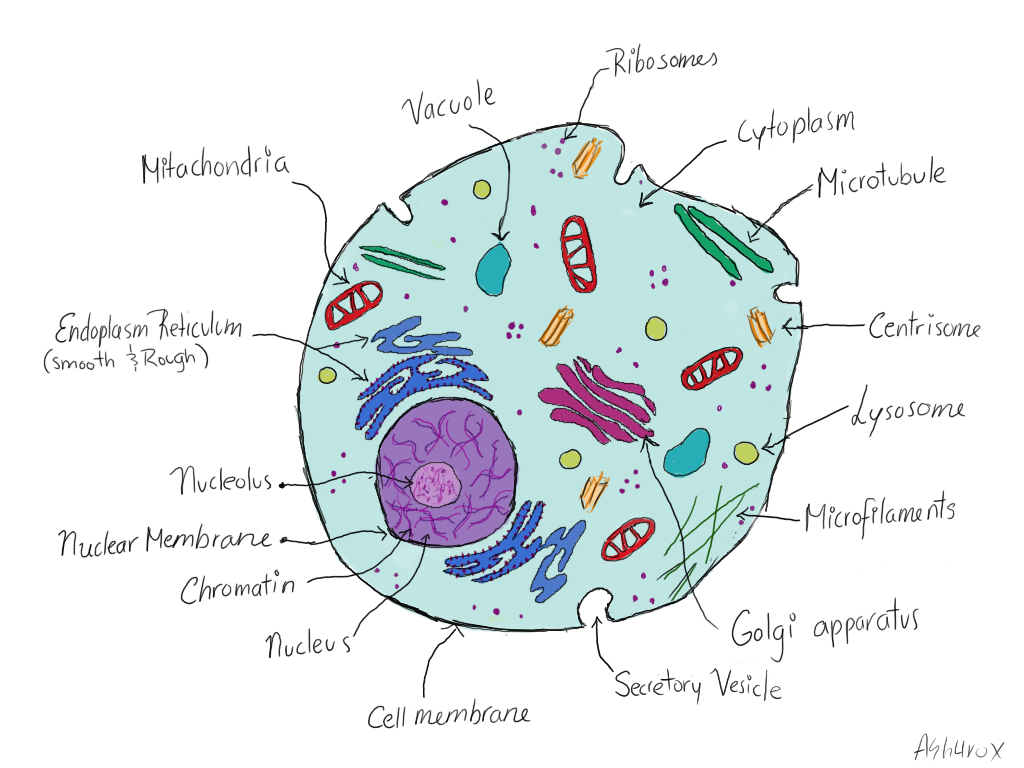
Photo Credit by: bing.com / cell animal structure drawing student biology biological science orchestra ib kids pulpbits previous
How To Draw A Cell By Dawn | Dragoart.com
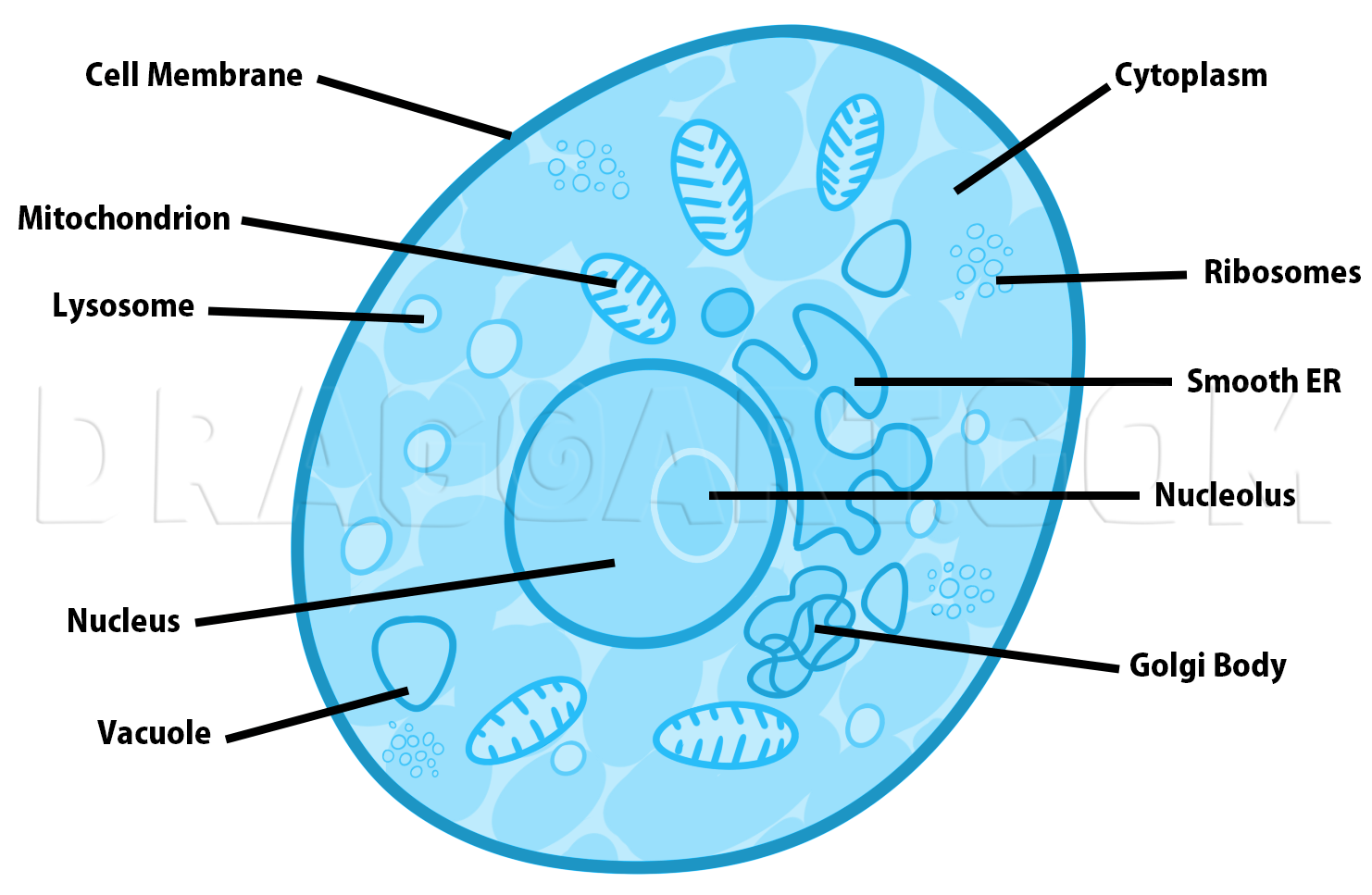
Photo Credit by: bing.com / cell draw drawing nucleus step drawings dragoart paintingvalley membrane
How To Draw A Cell, Step By Step, Drawing Guide, By Dawn - DragoArt

Photo Credit by: bing.com / cell draw drawing dragoart dawn
Cell Drawing At GetDrawings | Free Download

Photo Credit by: bing.com / cell drawing animal labeled getdrawings
Simple Animal Cell Drawing At PaintingValley.com | Explore Collection
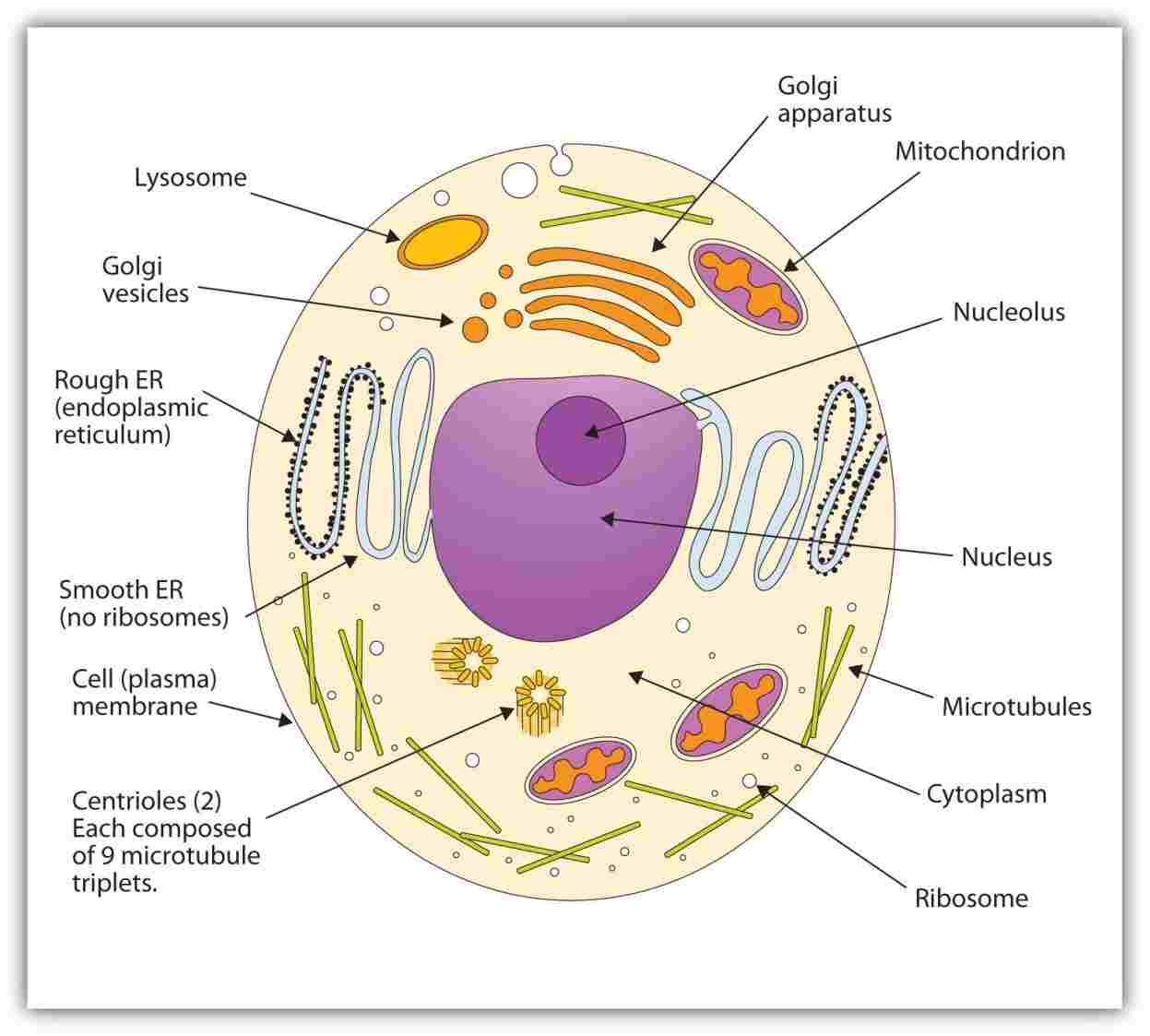
Photo Credit by: bing.com / cell animal simple drawing drawings paintingvalley




